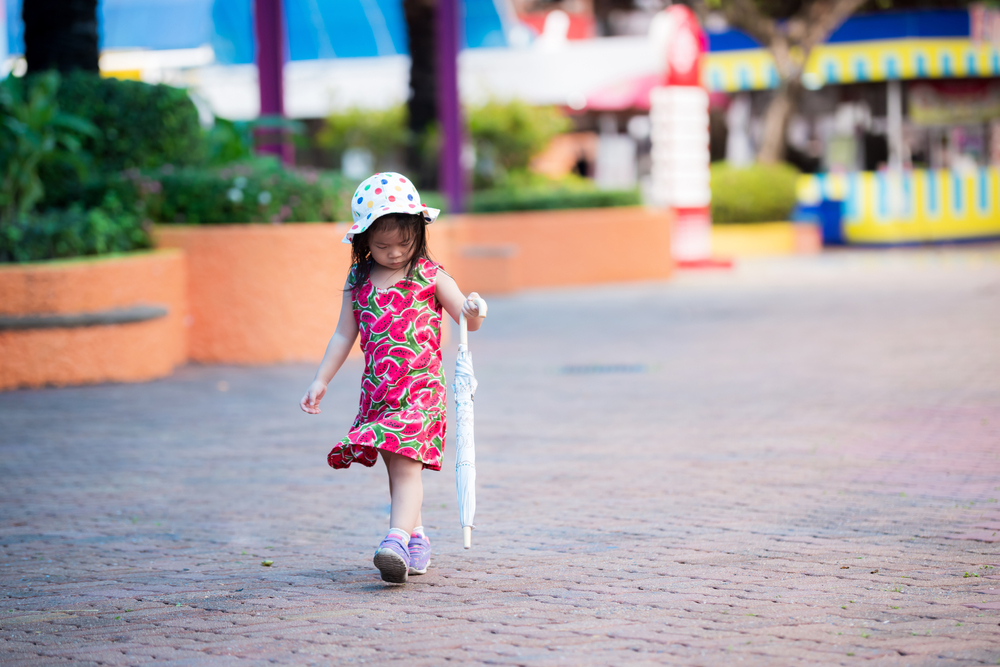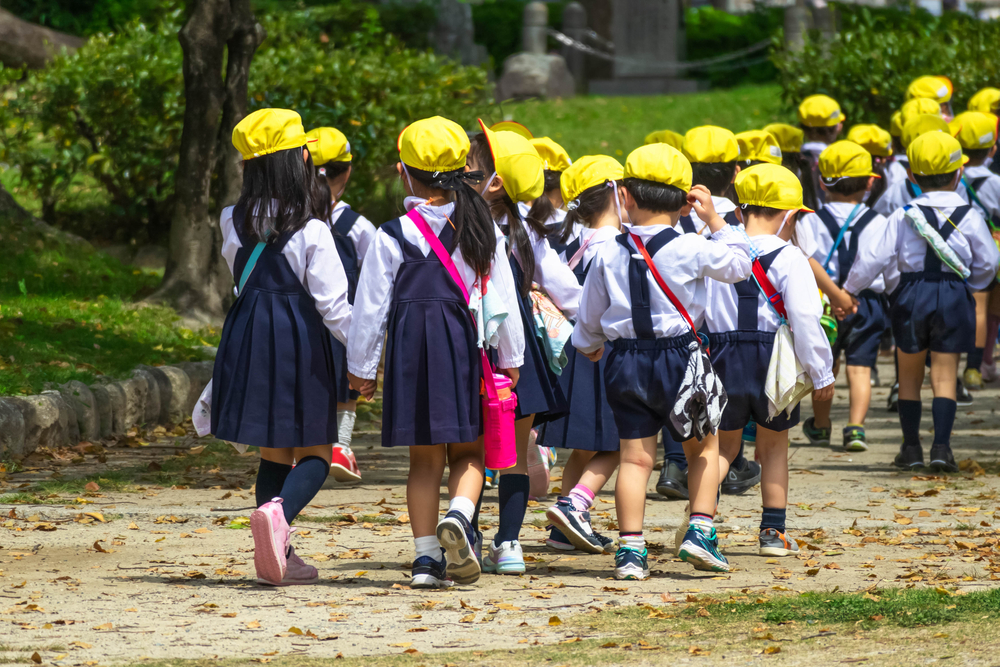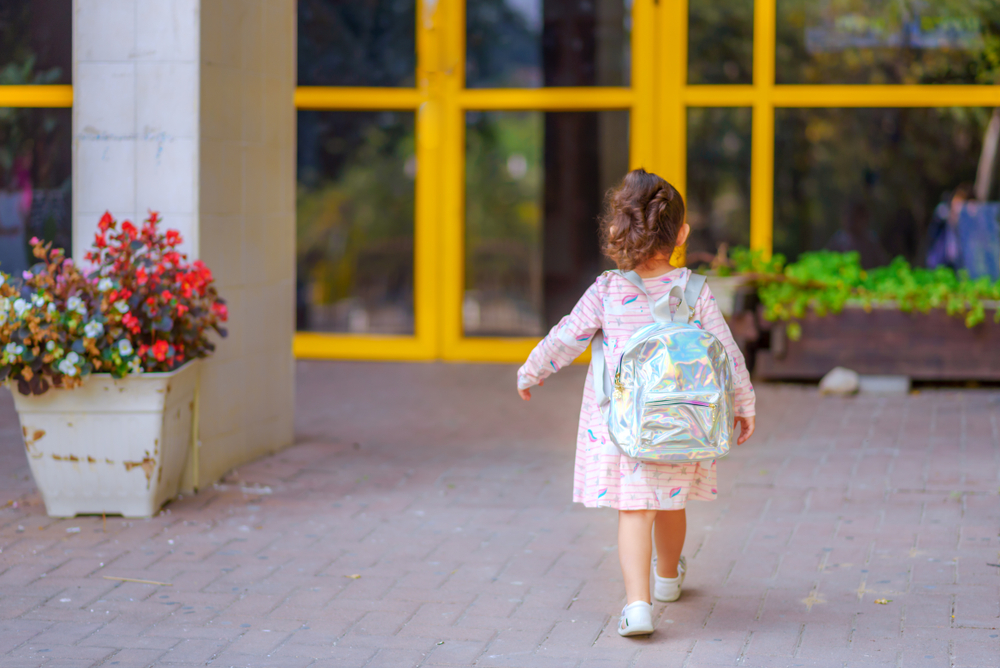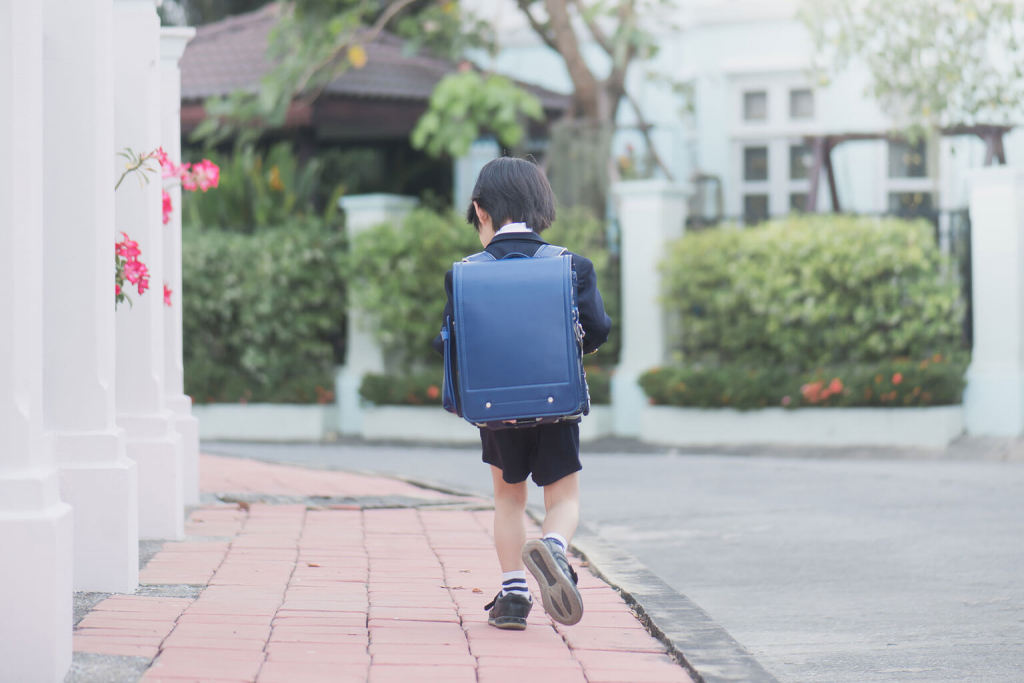If you’re a regular Netflix viewer, chances are you’ve seen Old Enough — the English dub of the popular long-running Japanese TV show, Hajimete no Otsukai (My First Errand). It depicts preschool-aged children setting off alone to run errands for their families. Children as young as two or three years of age make multiple stops on these errands, often toting bags or backpacks half their own size and sometimes even taking public transport in the process. The show has been in existence since 1988, although the episodes chosen for Old Enough are from the last decade or so.
For a show with such a simple premise, Old Enough has created a lot of buzz in the international news and on social media. Opinions range from holding up Japan as a kind of utopia where even toddlers can traverse the streets alone in safety, to criticism for portraying a dangerous model of child-raising. With experience of raising preschoolers in the US, New Zealand and Japan, I think the situation is much more nuanced.

Times Have Changed
Hajimete no Otsukai was inspired by a children’s picture book of the same name, written by Yoriko Tsutsui and illustrated by Akiko Hayashi. Published in 1976, the book has become a childhood classic for two generations of Japanese children, with an English version, Miki’s First Errand, following in 2006.
The story told in this charming picture book is very basic: Busy with chores and her baby, a mother asks the five-year-old big sister to run to the nearby store to get some milk. The child is both proud and nervous about going alone but completes the errand successfully. In 1976 this was probably not an unusual request for a child of that age in Japan — nor in New Zealand, for that matter.
Growing up in a small village as the oldest child in my family, I walked to primary school alone at five years old, and I can clearly remember running errands to the village’s only shop when I was six. Like most Kiwis of my generation, I was mostly left to my own devices after school; free to ride my bicycle around the neighborhood, go to a friend’s house or curl up with a book in the field behind our house.
By the time my own kids attended primary school in New Zealand on extended visits to see my family in the 2000s, the situation had changed. By then the majority of children were picked up by caregivers after school. Like much of the Western world, these days children’s afterschool activities in New Zealand are very organized, with afterschool care, playdates, sports or enrichment classes. International viewers of Old Enough might reflect wistfully on the relative freedom of their own childhood and compare it to the highly-supervised environment their kids are experiencing.

Japan’s Free Range Kids
Japanese schoolchildren certainly have more freedom in terms of going out and about. Most children still walk to school, to houses of friends or to the local park without adult supervision. In many areas, Japan’s public afterschool care ends in third grade. This means that children of working parents may be coming home alone to an empty house from the tender age of nine, although these days many families arrange juku (cram school) or other afterschool activities to fill in their child’s time. By way of comparison, in New Zealand it is illegal to leave a child under the age of 14 years without reasonable provision for their care.
The propensity to allow children to be on their own is definitely a reflection of Japan’s relatively low rate of crime. However, let’s be clear about one thing: it is school-age children who are often out alone, not preschoolers. Even the heroine in Miki’s First Errand is five, and that is a big difference from a two-year-old. Anyone who watches Old Enough and thinks it is common practice in Japan to send a toddler out shopping alone because “Japan is so safe” might want to think again.
“I grew up watching this show and loved it, just like most of the Japanese population. I never thought the children were in any sort of danger because I never felt unsafe growing up here,” says Emilie Pirez, the mother of a young son. “Now that I have a toddler, however, I realize how unrealistic this show is, since I don’t know any parents here who would actually send a two, three or four-year-old out to go shopping by themselves. It’s a reality show and I think it’s important for viewers to take it with a grain of salt.”
In fact, each episode is carefully constructed so the children are never alone. Multiple members of the production crew accompany the tots at every stage of the journey, albeit in disguise—often posing as utility company staff, or as farm workers in agricultural settings.

Get Them While They’re Small
One of the attractions of Old Enough is that the kids on the show are so adorable. Unbeknownst to each small participant, the TV show staff conspire with the parents in advance to hide a wireless microphone somewhere in the items that child will carry. Their unfiltered utterings, mixed in with gentle humor from the narrators, are priceless.
Aside from the cuteness factor, there is a very practical reason that most of the participants are so young. According to the narrator in Episode 11, in their general experience they can only film the children surreptitiously until about the age of five years and three months. Beyond this age, the kids are savvy enough to understand what’s going on. The children have to be tiny for the show’s premise to work.
Nevertheless, while children on the show are safe throughout the entire process, it doesn’t override the fact that in their minds, at least, they’re totally on their own with no adult guidance. Some of them jump at the chance to run an errand; others express shock or dismay at first. Parents often use persuasive language to cajole their reluctant offspring into going out: “I’m relying on you,” or “You’re the only one who can do it.”
It seems unfair to play on the natural desire of a young child to please the trusted and loved adults in their life — emotional blackmail, in a sense. On the other hand, this idea of putting aside one’s own desires and “taking one for the team” is a desirable trait for getting along in Japanese society. It is a quality that parents want to instill in their children in order to be successful members of society.

TV Culture Shaping Reality
Out in the real world, has Hajimete no Otsukai created unrealistic expectations of what children are capable of?
“I worry this show implies that this kind of non-supervision is cute, rather than being a sign that something might be wrong at home. It might also encourage very young and naive parents to actually allow this, without all the invisible safeguards that are on the show,” says Charlotte Warren, a Tokyo-based mother of two young girls.
The show typically features families living in remote regions of Japan, who are involved in some aspect of local food culture or traditional industries. A lot of these children are growing up in close-knit communities where you still greet anyone you meet on the road as a matter of course. Their lifestyles are unfamiliar to many Japanese viewers, let alone the international audience.
A sense of nostalgia for a slower pace of life, where neighbors know each other and the whole community keeps a collective eye on the children, has universal appeal. The episodes chosen for Old Enough showcase this aspect of Japan perfectly.
Old Enough works well as feel-good TV. And in a post-pandemic society perhaps that is exactly what the world needs. However, a three-year-old walking over a kilometer on a solo errand doesn’t reflect reality. For most people in Japan, it never really has.









